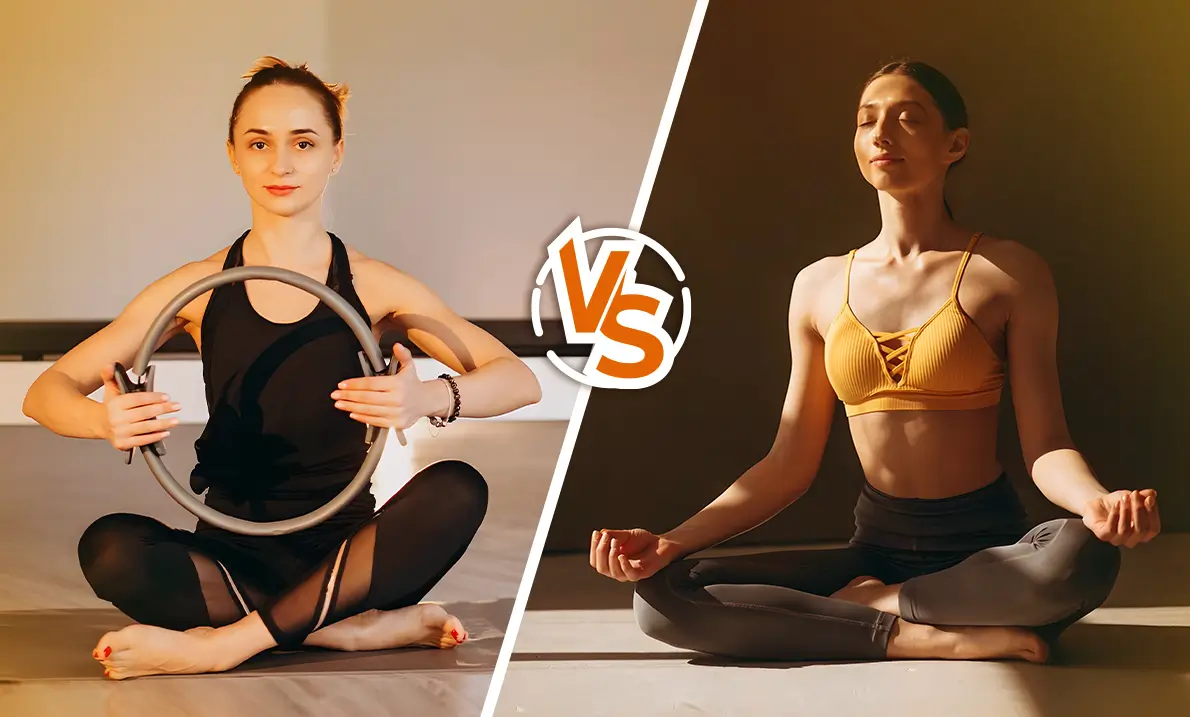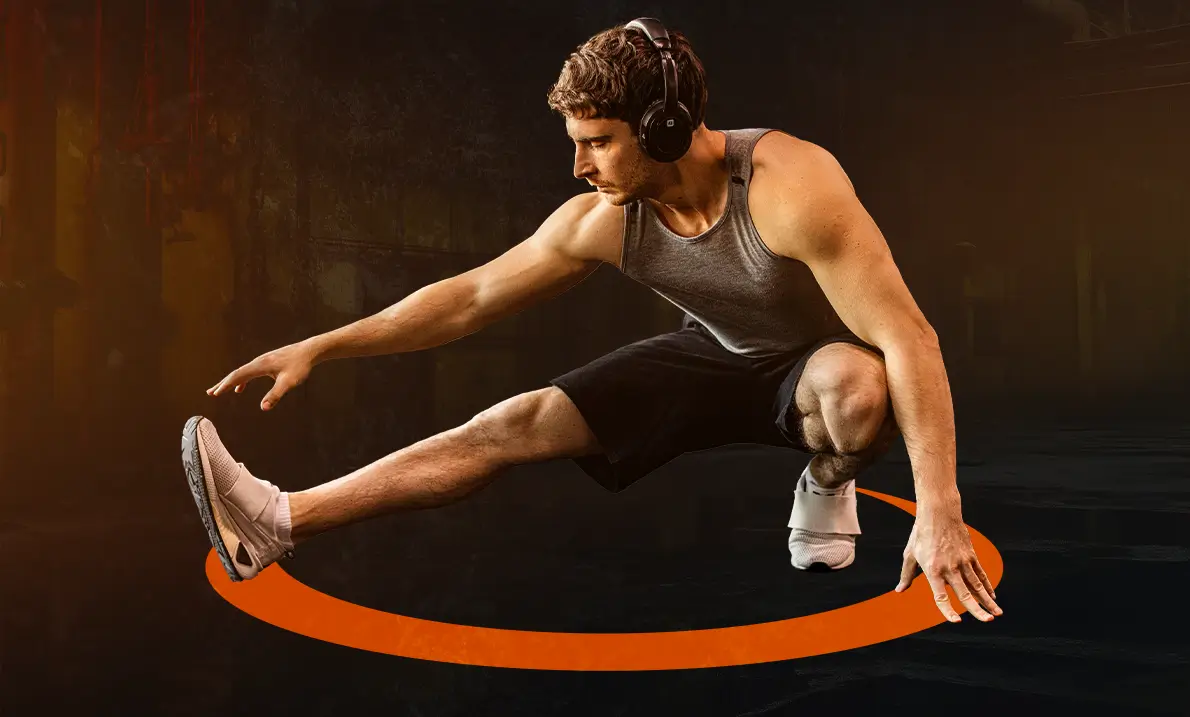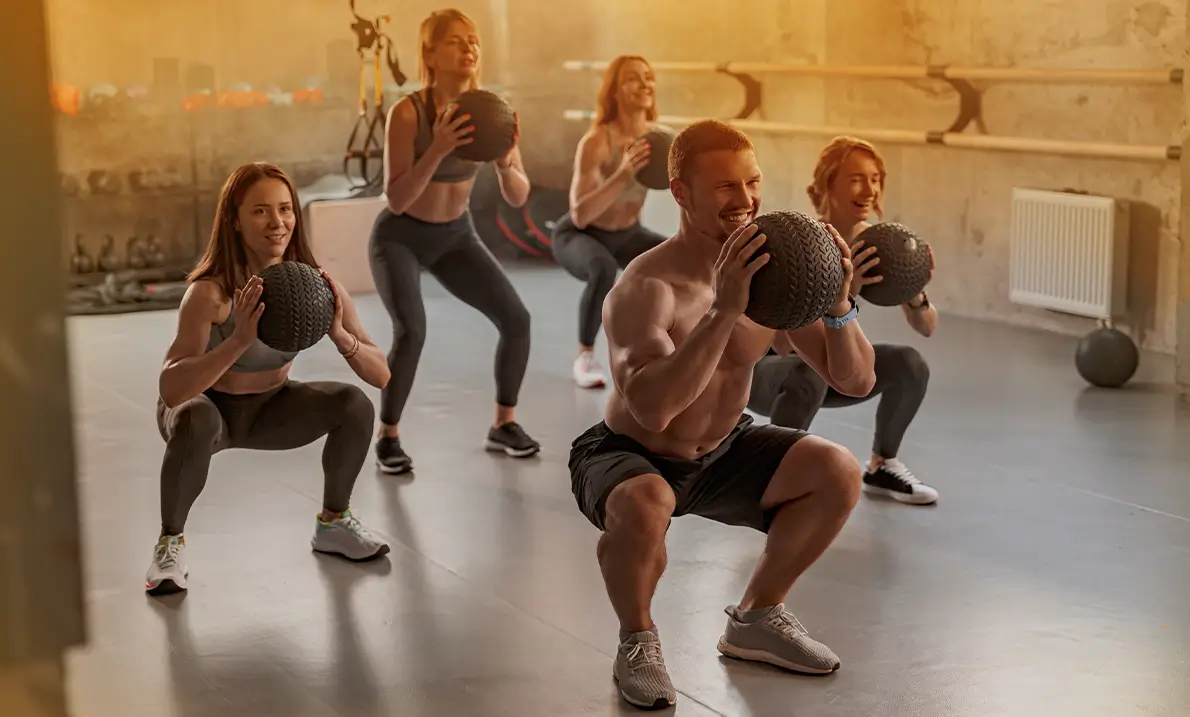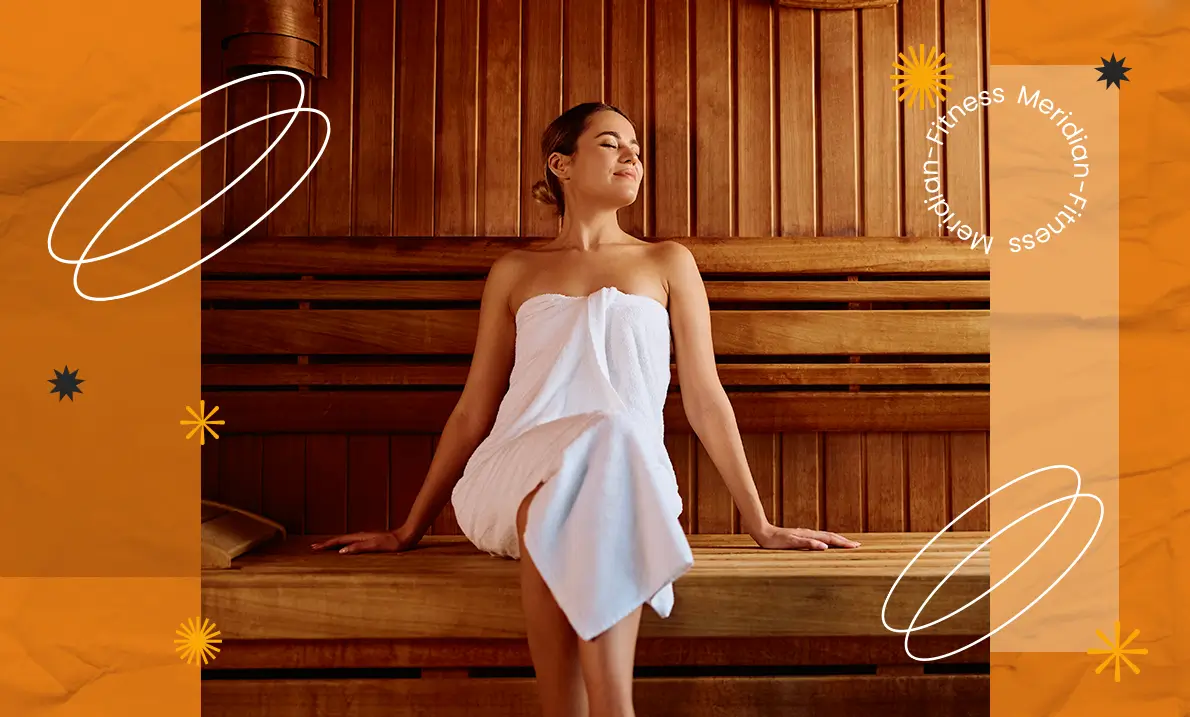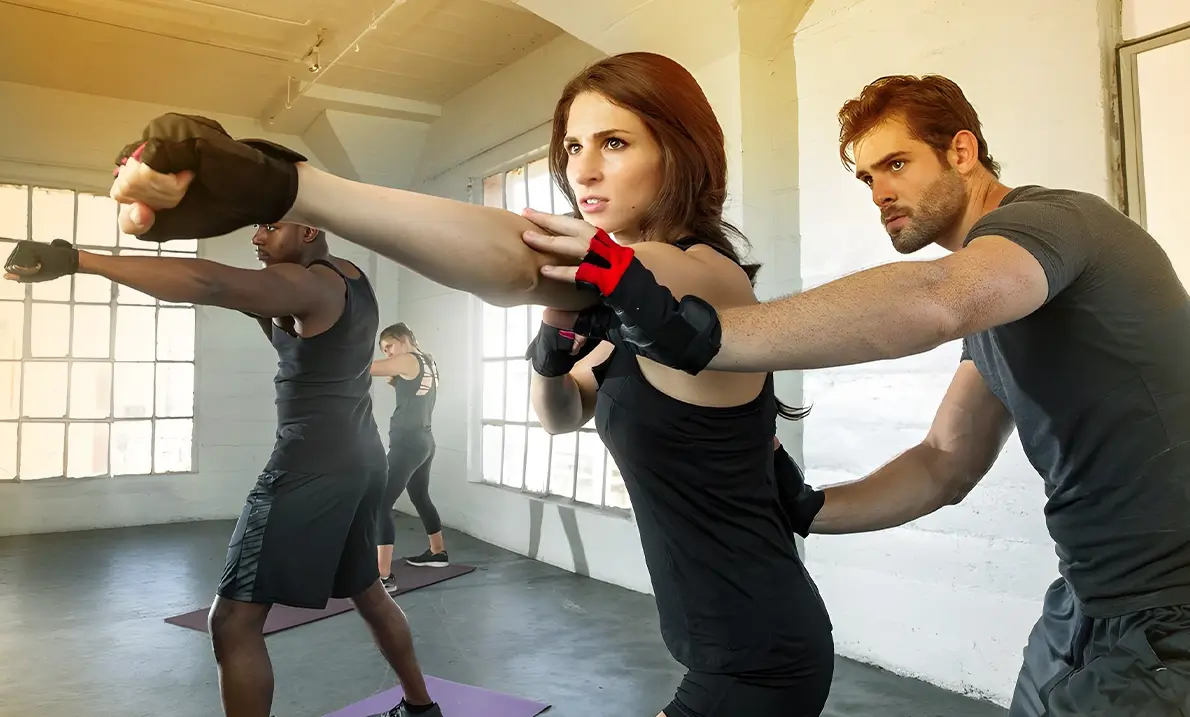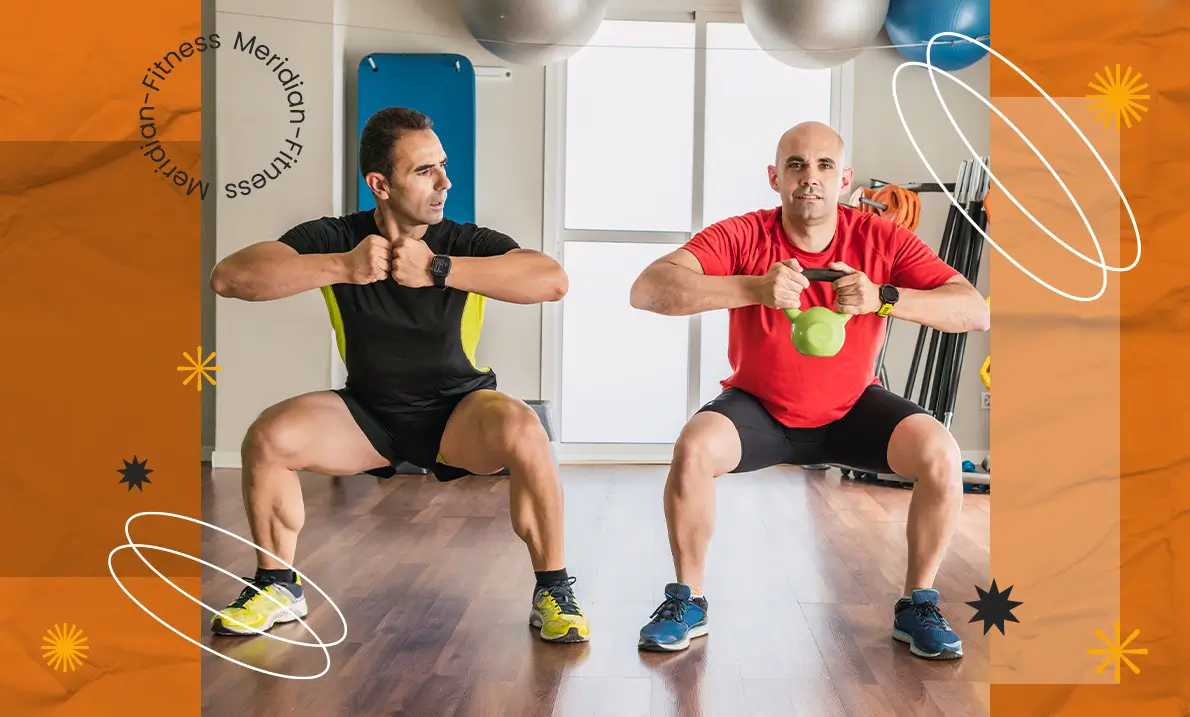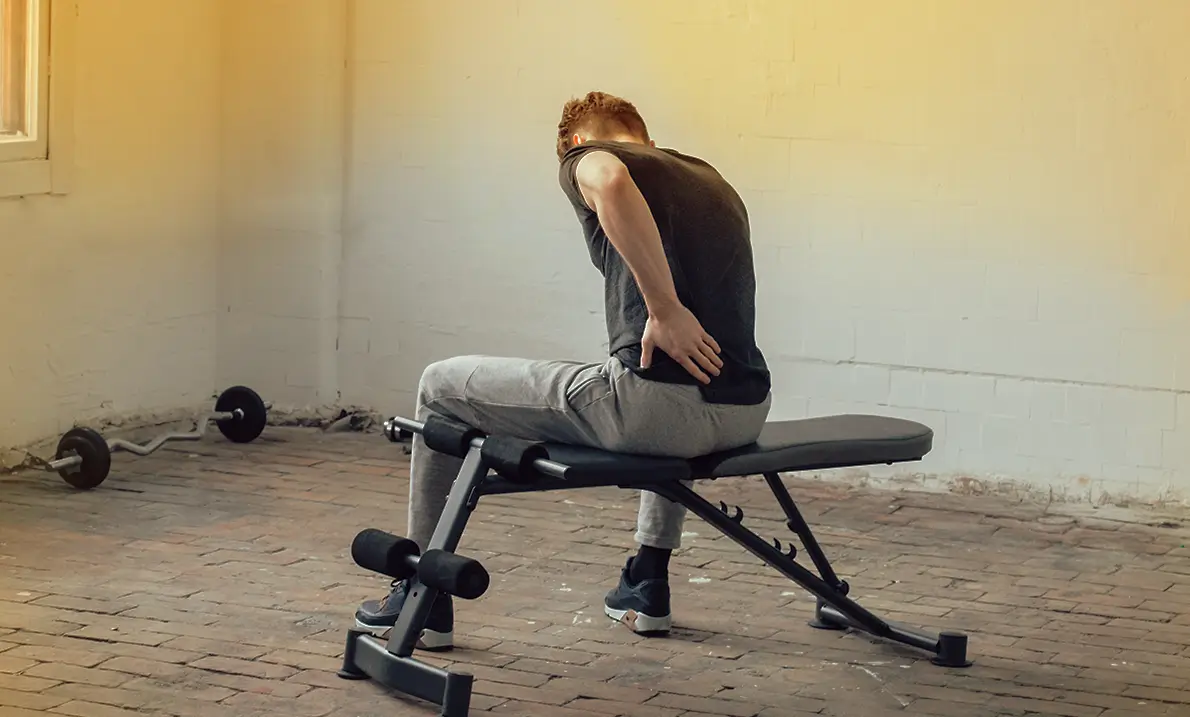So, you’ve probably heard of Pilates and yoga, but what’s the real difference? They both use mats, involve body movements, and are pretty low-impact, so why do people rave about them as if they’re completely different? Well, while both are fantastic for your body, they target different aspects of fitness and wellness. Yoga leans more towards mindfulness and flexibility, while Pilates emphasises core strength and precision. If you’re deciding which one is for you, read on, and let’s see what speaks to your needs. Oh, and guess what? At Meridian Fitness, you can try both Pilates and yoga—so you don’t need to settle for just one!
What’s the Main Difference Between Yoga and Pilates?
The key difference between yoga and Pilates is in their approach. Yoga is a holistic practice that combines postures (asanas) with breathing exercises (pranayama) and meditation to bring balance to your mind, body, and spirit. Think of it as a full-body experience where you’re stretching, strengthening, and calming your mind simultaneously. You’ll move through different poses, holding them as you focus on breathing deeply and staying in the moment.
In contrast, Pilates is a more modern exercise system designed to enhance physical strength, posture, and flexibility. It’s particularly focused on your core muscles—the deep muscles in your abdomen and back—which means you’ll work your body precisely. Pilates is all about controlled movements that challenge stability and coordination. It’s ideal if you want to strengthen your muscles without bulking up and improve overall body alignment.
What Exactly is Pilates?
Pilates was developed in the early 20th century by Joseph Pilates, who initially created it as a form of rehabilitation for injured soldiers and dancers. Originally called Contrology, his method emphasises controlled, flowing movements designed to improve flexibility, strength, and posture. Today, Pilates has evolved but maintains its focus on core stability and body alignment.
In a Pilates class, especially here at Meridian Fitness Greenwich, you’ll often start with small, precise movements that focus on your core—think of exercises like leg lifts, bridges, or controlled arm movements while engaging your abdominal muscles. As you progress, you’ll incorporate equipment like the Reformer, which uses springs and pulleys to add resistance and give you a deeper workout.
Pilates is often broken down into mat-based Pilates, where exercises are performed on the floor using gravity for resistance, and equipment-based Pilates, which adds an extra challenge through resistance bands, balls, and machines.
Six Core Principles of Pilates
Pilates is built on six guiding principles that define every movement you do:
- Breathing: Breathing isn’t just a background activity in Pilates—it’s essential. Each move is synchronised with deep, controlled breaths to help maintain form and ease tension.
- Centring: Pilates emphasises that every movement starts from your core, or your “powerhouse,” which includes your abs, hips, lower back, and pelvic floor. This principle helps build a strong foundation.
- Concentration: You’ll need to focus on every movement, ensuring each is done with purpose and precision.
- Control: Each exercise is about moving with control rather than momentum, ensuring that muscles are engaged fully.
- Flow: Movements in Pilates aren’t jerky or rushed—they flow smoothly from one exercise to the next, which helps develop coordination.
- Precision: It’s all about doing the movement perfectly, not just getting through it. This builds muscle memory and ensures long-term results.
Types of Pilates
There are different styles of Pilates to suit various fitness levels and goals:
- Classical Pilates: This sticks to the original exercises designed by Joseph Pilates, focusing heavily on core strength and control.
- Contemporary Pilates: A modern adaptation of Pilates, incorporating new exercises and sometimes different equipment while keeping the core principles intact.
- Reformer Pilates: Done using a Reformer machine, which adds resistance through springs, allowing for a more intense and varied workout. It’s great for building lean muscle and enhancing flexibility.
- Mat Pilates: This is a more accessible form of Pilates that only requires a mat and your body weight for resistance. It’s perfect for beginners and those looking for a full-body workout without extra equipment.
Benefits of Pilates
Pilates is renowned for its core-strengthening benefits, but it doesn’t stop there. Here’s what you can expect:
- Improved Core Strength: Pilates focuses on stabilising your core, leading to a stronger, more toned midsection and better posture.
- Toned Muscles: The controlled movements help tone muscles without adding bulk, giving you a long, lean physique.
- Better Posture: Pilates helps you stand taller and sit straighter by focusing on body alignment, reducing strain on your spine.
- Enhanced Flexibility: While not as focused on stretching as yoga, Pilates still improves your range of motion, especially in the spine and hips.
- Injury Prevention: Strengthening the muscles around your joints can help protect you from injuries and relieve existing pains, particularly in the back and neck.
- Stress Relief: Pilates focuses on breathing and mindfulness, leaving you feeling refreshed and centred, helping to lower stress levels.
And What About Yoga?
Yoga is an ancient practice that dates back over 5,000 years, originating in India. It’s not just about physical fitness; yoga is a mind-body practice that integrates physical poses, controlled breathing, and meditation or relaxation. At its core, yoga seeks to balance the mind, body, and spirit, offering a practice that is as much about mental clarity and inner peace as it is about physical strength and flexibility.
Yoga classes at Meridian Fitness Greenwich guide you through various poses, each designed to stretch and strengthen different parts of your body while also promoting relaxation. The focus on breathing (known as pranayama) throughout the class helps to centre your mind and stay in the moment, enhancing the meditative benefits.
Types of Yoga
There are several different types of yoga, each offering something unique depending on what you’re looking to achieve:
- Vinyasa Yoga: This style involves a flow of continuous movements, where each pose seamlessly transitions into the next. It’s synchronised with breathwork, helping to create a moving meditation while also building strength and flexibility.
- Hatha Yoga: A gentler form of yoga, Hatha is slower-paced and focuses on basic poses, making it ideal for beginners.
- Bikram Yoga: Also known as hot yoga, this style is practised in a heated room. The temperature is cranked up to over 100°F, allowing your muscles to stretch more easily and helping to detoxify the body through sweat.
- Yin Yoga: Yin involves holding poses for extended periods (typically 3-5 minutes), targeting deeper connective tissues like ligaments and fascia. It’s perfect for increasing flexibility and relieving tension.
- Restorative Yoga: This style is deeply relaxing, using props like blankets, blocks, and straps to support you in each pose. It’s designed to calm the nervous system and relieve stress.
- Ashtanga Yoga: A physically demanding practice, Ashtanga involves a set series of postures performed in a specific order. It’s ideal for those looking for a structured and challenging routine.
- Kundalini Yoga: Known as the “yoga of awareness,” Kundalini combines repetitive poses with breathing exercises, chanting, and meditation to awaken the energy at the base of your spine.
Benefits of Yoga
Yoga is beloved for its wide-ranging physical, mental, and emotional benefits:
- Increased Flexibility: The various poses in yoga help you stretch and lengthen muscles, improving overall flexibility.
- Improved Balance and Coordination: Many yoga poses challenge your balance, helping to enhance stability and coordination over time.
- Better Mental Clarity: Yoga encourages mindfulness and deep breathing, helping you to clear your mind and reduce anxiety.
- Stress Reduction: Yoga is one of the best practices for unwinding, calming your nervous system, and improving overall mental health.
- Improved Circulation: The combination of movement, breathing, and relaxation in yoga helps improve blood flow and oxygenation throughout your body.
Which One is Right for You?
At the end of the day, it’s all about what you’re looking for. Pilates could be your ideal workout if you want to strengthen your core, improve your posture, and engage in controlled, precise movements. But if you’re after something that balances flexibility, strength, and mindfulness, yoga might be more your speed.
Still not sure? At Meridian Fitness Greenwich, you can explore both with expert instructors guiding you every step of the way. Why not try a class of each and see which one makes you feel your best?
Ready to discover your practice? Book your next Pilates or yoga session at Meridian Fitness today and start your journey to a stronger, healthier you!
